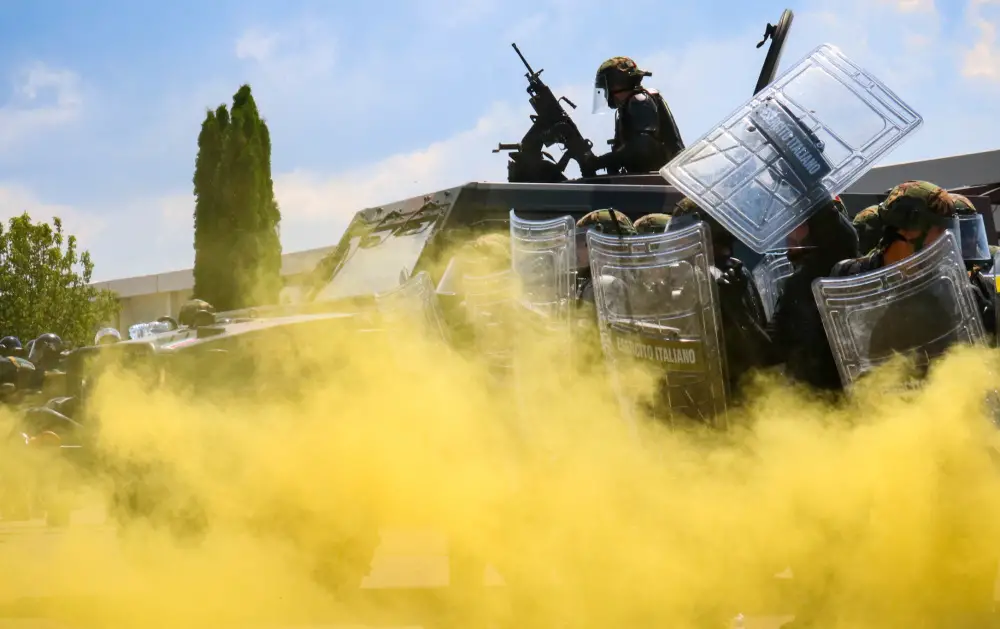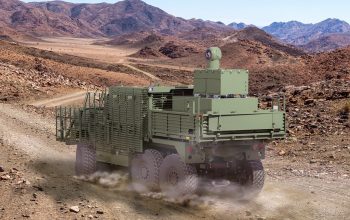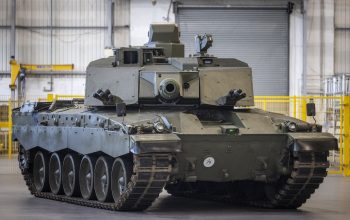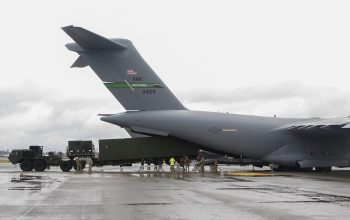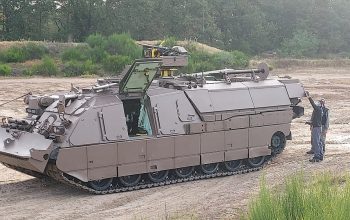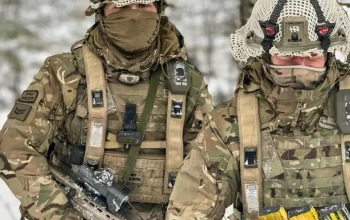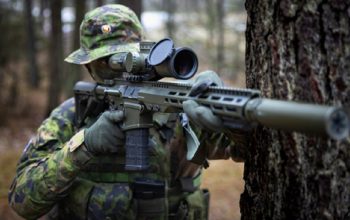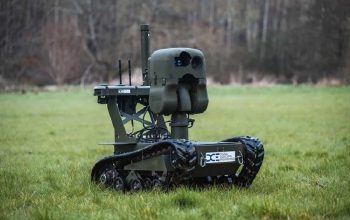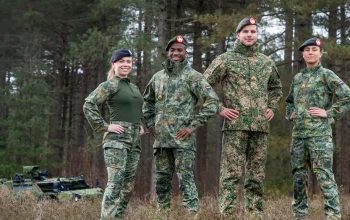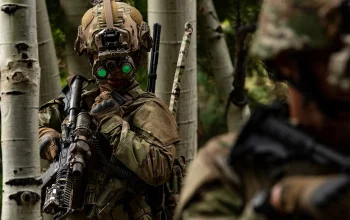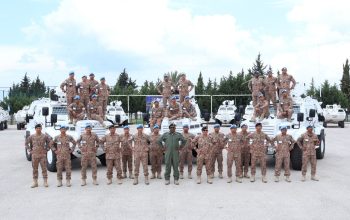Several NATO military allies and partners and Kosovo Police officers converged at the Gjakova/Gjakovë Airfield June 10 to execute and observe Operation Swift Rescue, the most complex multinational field training exercise conducted in recent Kosovo Force history. The exercise was spread out across the field training area and the main square, where an Italian Army Liaison Monitoring Team was being held hostage by role playing demonstrators. In keeping with protocols laid out in U.N. Security Council Resolution 1244, several organizations responded to the disturbance accordingly as the training scenario escalated.
“Our role today was to protect the LMT which was being held in the building and was not safe. So, the KP kept them safe until there was a higher risk and we had to call for backup from the Multinational Specialized Unit and KFOR. The training as an opportunity to show the people of Kosovo that safety is their number one priority. His officers will be able to apply the knowledge gained from the training to provide security in a real event if necessary,” said Maj. Avdi Berisha, section chief with the Gjakova/Gjakove Regional Police.
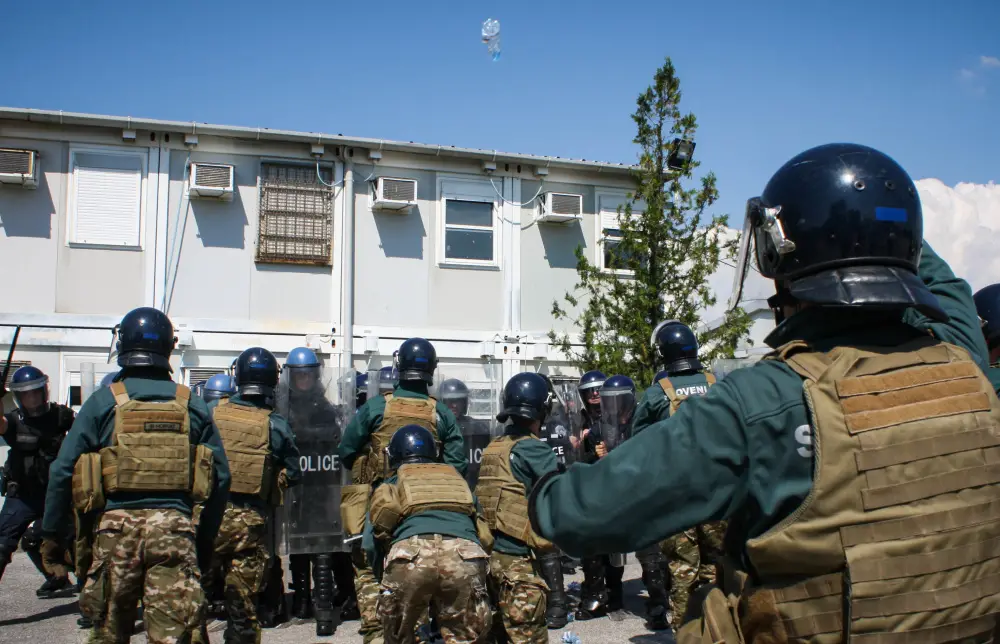
Maj. Ryan Lett, an Iowa Army National Guard plans officer with KFOR’s Regional Command-East who helped coordinate several aspects of the exercise, praised the KP for their involvement and noted that they’re capable of handling crowd riot control situations. “We had close to 13 nations represented in some capacity, either taking part as role players, opposing forces, CRC, you name it,” said Lett. “You’re going to have some communication issues trying to synchronize all of that. But jumping over those language and logistical barriers is the nature of pulling off a multinational, KFOR-wide operation like this.”
The dedication and professionalism of the rest of the stakeholders spoke for itself as the scenario unfolded. Slovenian Armed Forces troops role played as rioters and spared no effort in using their extensive CRC knowledge to make the training realistic – they used water bottles to mimic Molotov cocktails, threw smoke grenades, simulated burning tires and constructed additional barriers during the scenario to keep the CRC responders on their toes. Nearby, U.S. KFOR aircraft arrived with Turkish Armed Forces troops who were tasked with infiltrating the square and extracting the LMTs being held hostage.
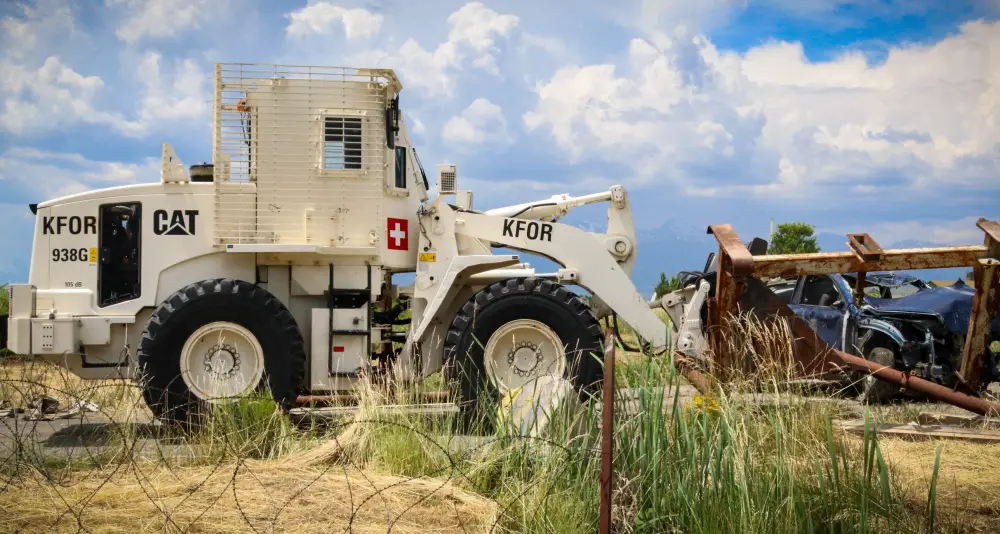
The Kosovo Force (KFOR) is a NATO-led international peacekeeping force in Kosovo. Its operations are gradually reducing until Kosovo’s Security Force, established in 2009, becomes self sufficient.KFOR entered Kosovo on 11 June 1999, two days after the adoption of UN Security Council Resolution 1244. At the time, Kosovo was facing a grave humanitarian crisis, with military forces from Yugoslavia in action against the Kosovo Liberation Army (KLA) in daily engagements. Nearly one million people had fled Kosovo as refugees by that time, and many did not permanently return.
KFOR is gradually transferring responsibilities to the Kosovo Police and other local authorities. Currently, 28 states contribute to the KFOR, with a combined strength of more than 3,500 military and civilian personnel. The mission was initially called Operation Joint Guardian. In 2004 the codename for the mission was changed to Operation Joint Enterprise. KFOR focuses on building a secure environment and guarantee the freedom of movement through all Kosovo territory for all citizens, irrespective of their ethnic origins, in accordance with UN Security Council Resolution 1244.
